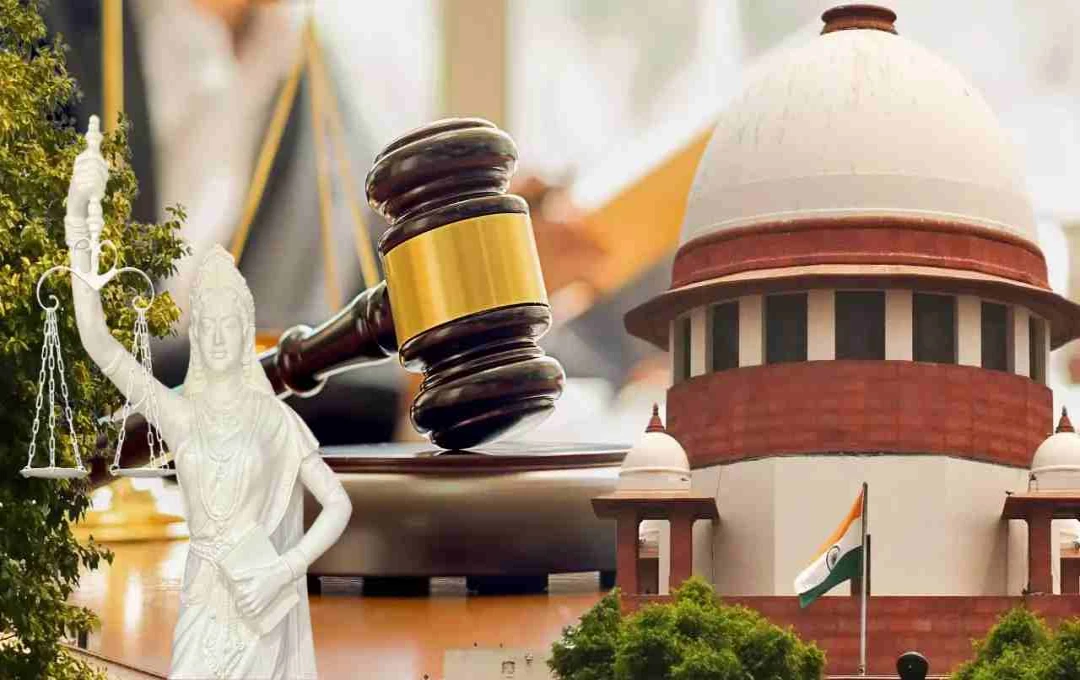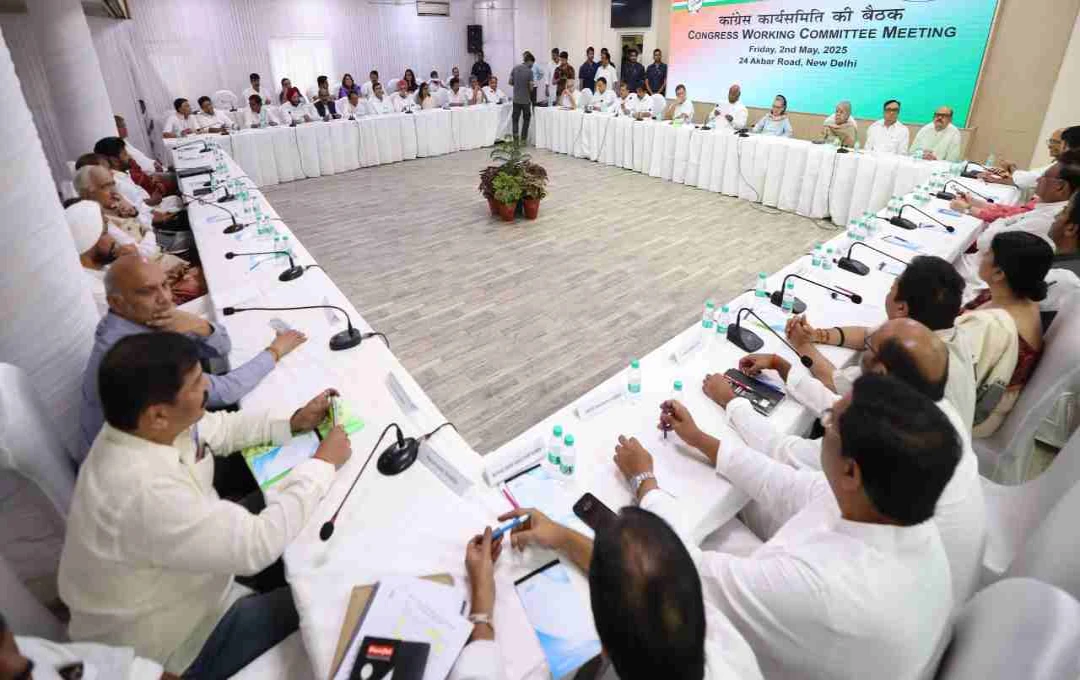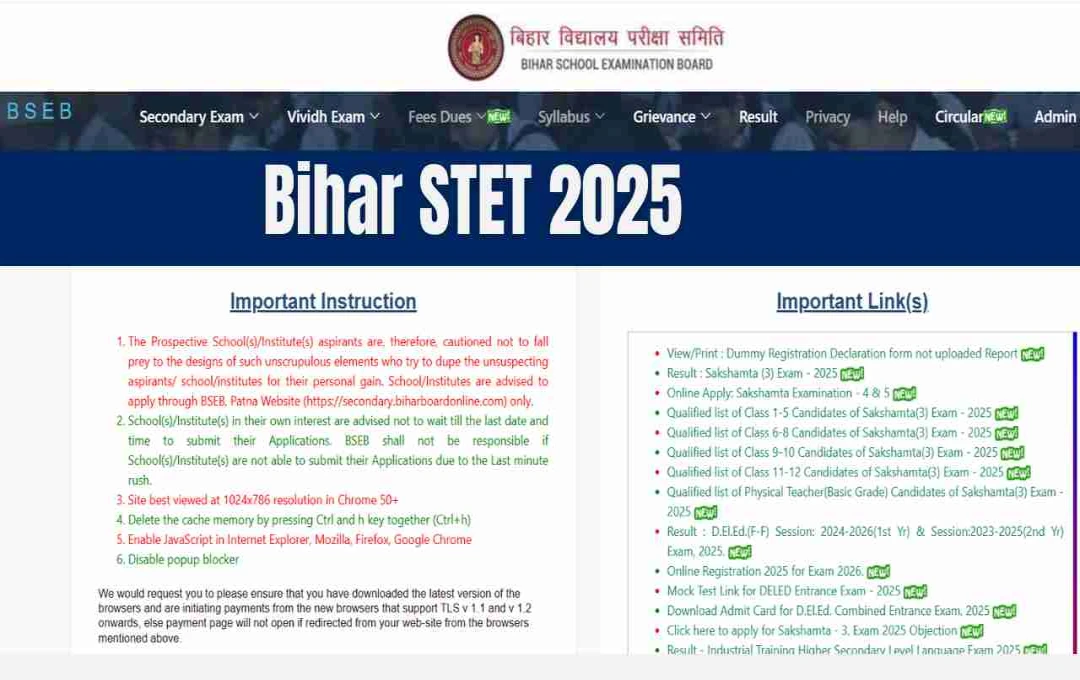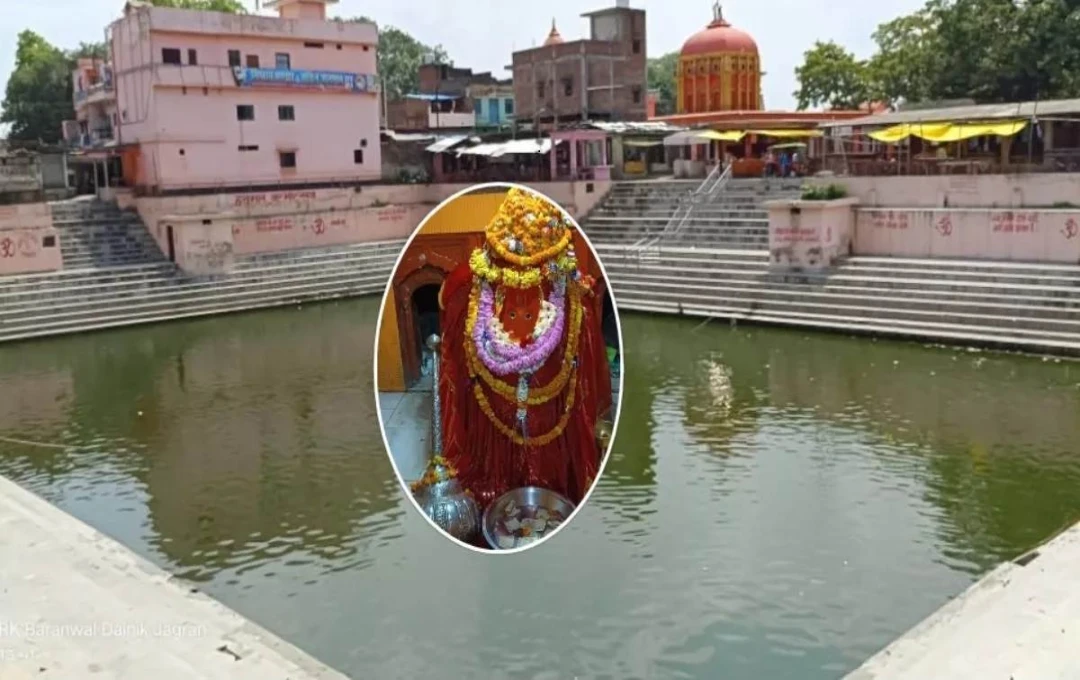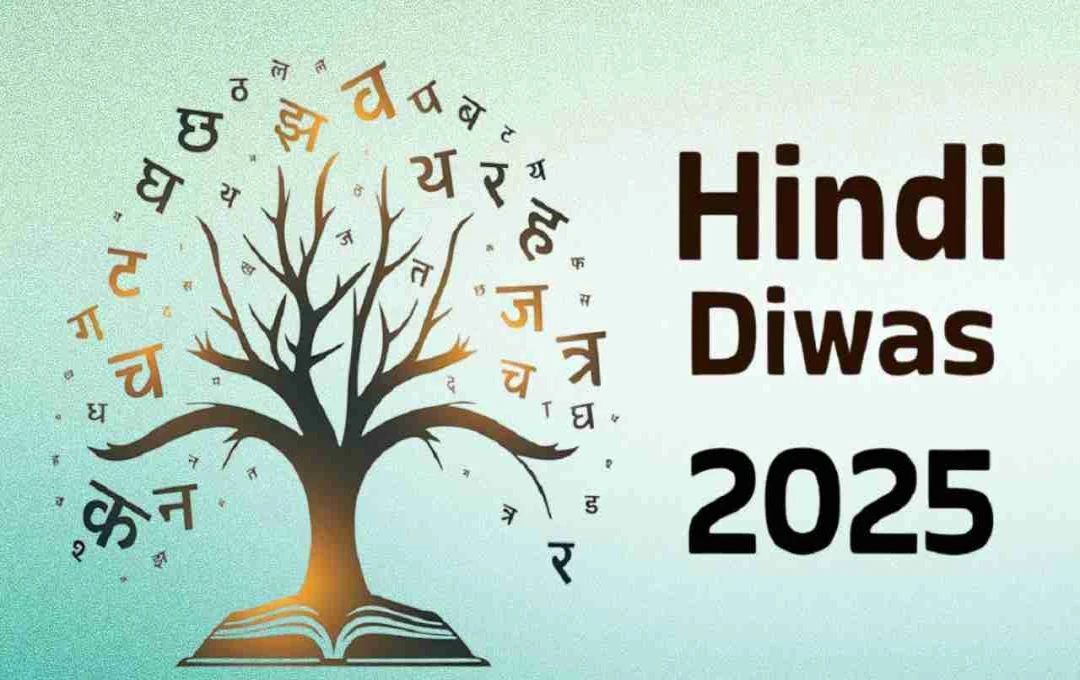The question raised by a woman judicial officer in Madhya Pradesh demands serious reflection on the impartiality and transparency of the Indian judiciary.
New Delhi: The judiciary of India, considered the last pillar of democracy, is itself under serious scrutiny today. The recent resignation of a woman judge in Madhya Pradesh, a Supreme Court verdict obtained through a 'fake respondent', cases involving corruption, and controversies surrounding the appointment of a High Court judge have raised significant questions about the impartiality and credibility of the judiciary.
Woman Judge Aditi Kumar Sharma's Resignation: The System Failed Me
Aditi Kumar Sharma, a Civil Judge (Junior Division) from Shahdol district in Madhya Pradesh, resigned from her post on July 28. In her letter, she wrote: "I am not leaving the judicial service because I failed, but because the institution itself failed me." Her allegation is that the senior district judge against whom she had made serious allegations of harassment and abuse was appointed as a High Court judge without any investigation.
She also stated that she had submitted documentary evidence, yet no hearing was held. This raises the question of whether the judiciary is limited to mere symbolism in the name of women's safety and justice.
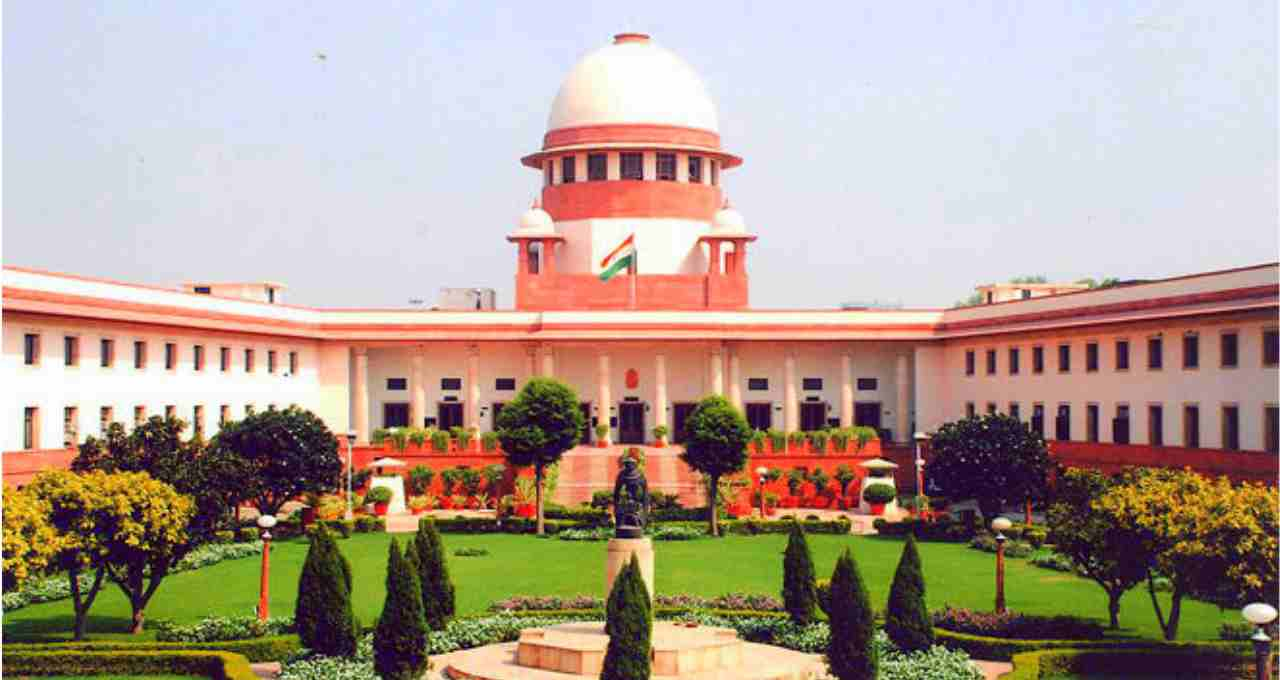
Order Obtained from 'Fake Respondent' in Supreme Court: Are Courts Also Victims of Deception?
Another shocking case is from Muzaffarpur, Bihar, where a petitioner in a land dispute obtained a favorable decision from the Supreme Court by presenting a fake respondent. Later, the real respondent revealed in court that he had never made any agreement nor was he aware of the lawsuit. This case demonstrates that even the Supreme Court can now fall victim to well-planned fraud. This incident raises serious questions about the transparency of the judicial process and the fact-checking system.
Justice Yashwant Verma Case: Shadows of Corruption in the Judicial System
Another controversial case is that of Justice Yashwant Verma, from whose residence bags filled with suspicious cash were recovered. The Supreme Court conducted a judicial inquiry into the matter and, based on the report, recommended to the President that impeachment proceedings be initiated against him. However, Verma filed a petition in the Supreme Court seeking to declare the inquiry itself illegal. This case is pending in court, but it makes it clear that investigation and accountability processes within the judiciary are often weak.
The Uttarakhand High Court questioned the competence of an ADM (Additional District Magistrate) in a case related to the Panchayat elections simply because he could not speak English. The court stated whether such an officer is fit to play an effective administrative role. This order was challenged in the Supreme Court, and the Court stayed the order. This case once again brings to the fore the debate on linguistic bias and respect for Indian languages enshrined in the Constitution.
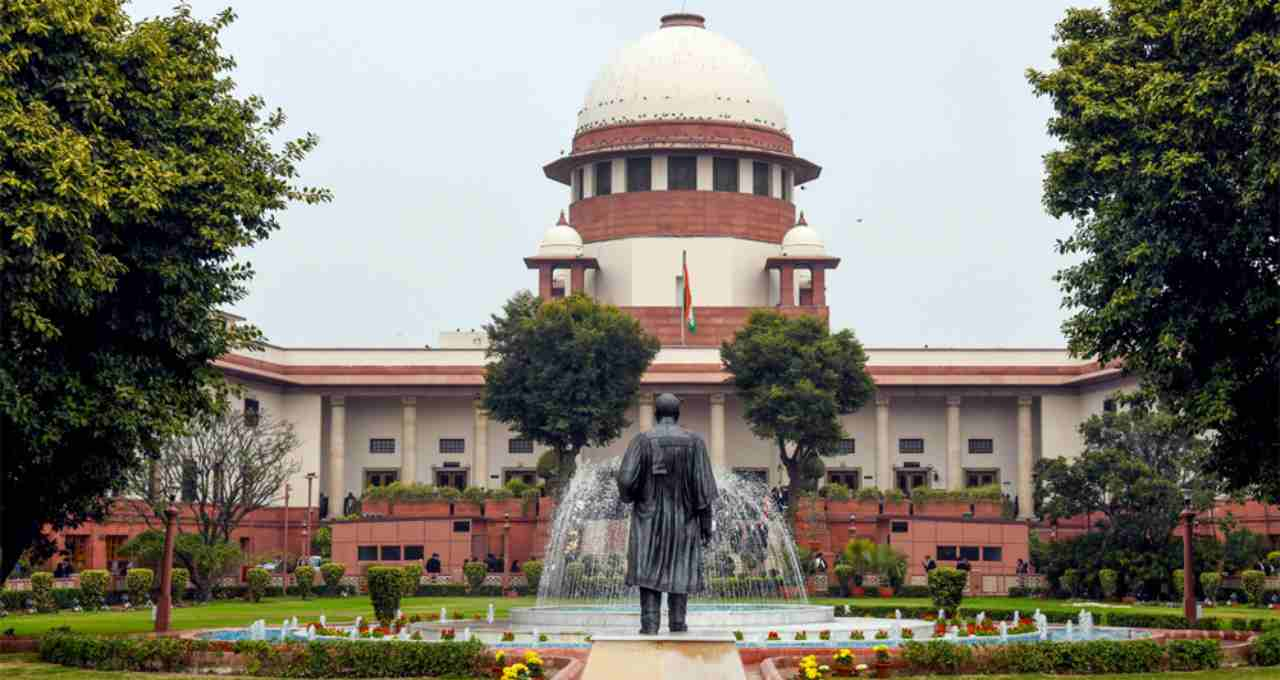
Deepening Questions on the Collegium System
The collegium system for appointments to high positions in the Indian judiciary has always been considered insensitive, opaque, and biased. The recent promotion of a judge accused of harassment of women has put the fairness of this system in the dock. The Supreme Court recently set a three-month deadline for the President and Governors to decide on discretionary matters in a judgment.
The President himself raised 14 questions on this decision, seeking clarification, for which a Constitution Bench has now been formed. This unprecedented situation reflects the widening differences between the judiciary and the executive.
